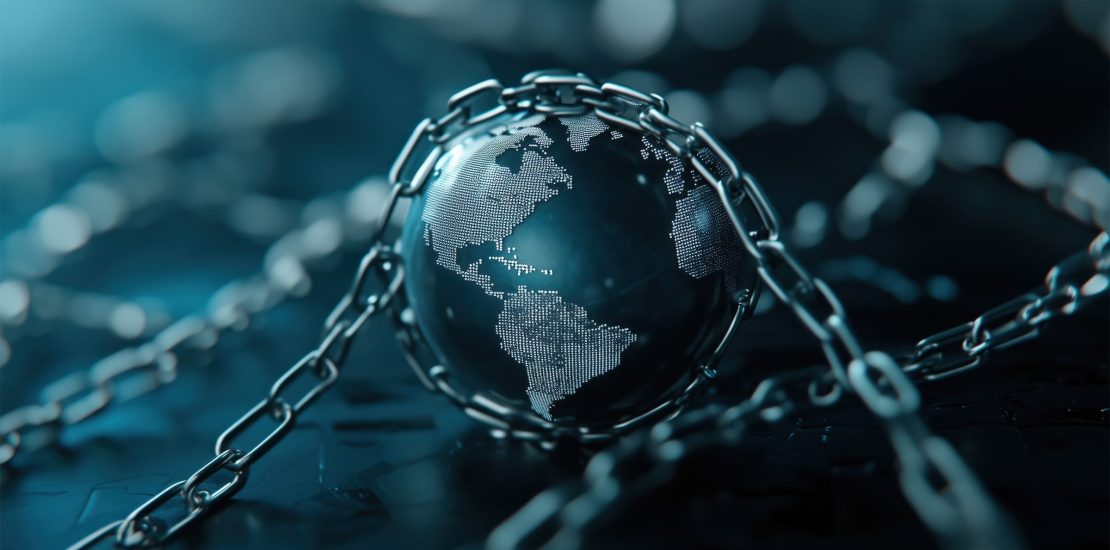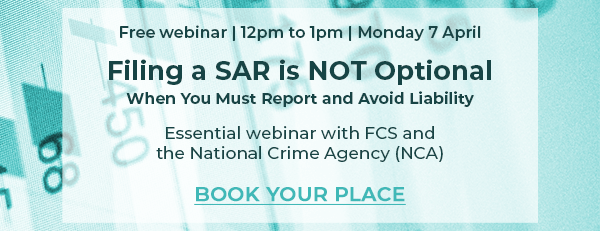- March 26, 2025
- Posted by: FCS Compliance
- Category: Art Market, News

While many Art Market Participants (AMPs) the Office of Financial Sanctions Implementation are still adjusting to one regulator HMRC, from 14 May 2025 AMPs will fall under the eye of a second regulator, the Office of Financial Sanctions Implementation (OFSI), posing a new set of challenges for remaining compliant.
These changes compel mandatory reporting to OFSI if AMPs have reasonable cause for suspicion of sanctions breaches. It is not difficult for AMPs to protect themselves from breaching this obligation. But from 14 May, AMPs must change their Risk Assessment, Policies and the way they operate to ensure they avoid inadvertently attracting the financial penalties for non-compliance. Are you prepared?
With these transformative changes looming on the horizon, FCS Compliance recently hosted a webinar aimed at providing AMPs with information on how these changes will impact them.
Rena Neville, Head of the Art Division at FCS Compliance, hosted the webinar, where she was joined by Alexandra Melia, sanctions specialist and Partner at Steptoe London. Watched by hundreds of AMPs, the interest in the webinar reflected the industry’s concerns over the impending changes.
During the session, we were inundated with questions from viewers. Here are some of the questions they asked which will help shed light on what AMPs can expect come 14 May.
Where can I find the two Office of Financial Sanctions Implementation (OFSI) lists that I should be checking?
These can be found via the OFSI sanctions search function which can be accessed here.
And on the the OFSI consolidated* list which can be found here.
*Don’t be fooled by the word “consolidated” the two lists are different – you’ll need to look at both.
We would also reccomend checking the UK Sanctions list which is here.
We also suggest AMPs regularly check the financial sanctions targets by regime list here. This is in addition to the OFSI search.
How often is the OFSI sanctions list updated?
There is no fixed schedule for updates. It is updated whenever there are new designations or delistings. There may be multiple changes in a week, while at other times, the list could remain unchanged for a month.
How often should I check the OFSI sanctions list when conducting a transaction?
Due to the dynamic nature of the sanctions list, it is advisable to check the list at the beginning of a transaction, before payment is received or paid and before an art work is released. In terms of storage, the frequency of the checks depend on your risk profile, but at a minimum when accepting an art work (or property) for storage and prior to release or transfer of property.
Are AMPs and HVDs (High-Value Dealers) required to check all online buyers whose transactions exceed €10,000?
AMPs with online buyers of otherwise qualifying transactions should either check all those buyers on the appropriate lists mentioned above or have a reasonable basis to explain why such checks are not routinely being done.
For example, for a remote but local online buyer, well known to the AMP and for whom there are no red flags, you may decide, applying a risk-based approach, that the checks are not reasonable or proportionate to the business. This should be considered and determined in the required annual written business risk assessment.
Do 14 May 2025 changes apply to sale aggregators, such as website platforms?
There is no specific guidance on this point from OFSI. However, it may be helpful to apply the guidance provided by HMT for the art market under the ML Regulations.
The HMT guidance for the art market under the UK ML Regulations states that online service providers may be intermediaries if they “actively transact in the sale or purchase…” and if they “receive commission in relation to transactions” (see paragraphs 13 and 14 of the HMT/BAMF guidance of 2023).
Such platforms in the UK will be intermediaries. HMT warns art market participants about the use of online service providers who qualify as intermediaries but are based outside the UK. UK AMPs must consider “whether the AMP can meet their obligations under the MLRs.” For example, an AMP selling a work of art on such a platform may not be able to be satisfied that the online platform has carried out CDD on the buyer in line with the requirements of the MLRs.
What does it mean in practice to have a suspicion that someone is being sanctioned?
This is not defined in any official legislation or guidance. However, based on case law, it is likely to be interpreted similarly to suspicion under the money laundering rules. If there is a possibility that the person is a sanctioned individual, you need to have some form of evidential basis. However, the threshold is not necessarily high and will likely be determined by law enforcement or the courts.
Have more questions about the OFSI changes for art market participants?
These upcoming changes will significantly impact how art market participants stay compliant. We understand that you may have further questions on this topic.
If you become an FCS subscriber, you will have access to our AML Hotline, where experienced, industry-specific compliance professionals are just a phone call away to answer any queries you may have.
Upcoming Webinar
Do join us at our next webinar when Rena Neville will be joined by Beth Dale, a Senior Officer at the NCA. We’ll be looking at filing a Suspicious Activity Report (SAR). The webinar – which is free to all – takes place on Monday 7 April at 12pm (BST). Here’s what we’ll be covering:
- When to file a Suspicious Activity Report (SAR)
- What the penalties are for failing to file a SAR
- The difference between a Defence Against Money Laundering SAR and a SAR for informational purposes
- What to do if you become suspicious after a transaction is completed
- What a good, successful SAR should contain
Register for free here


